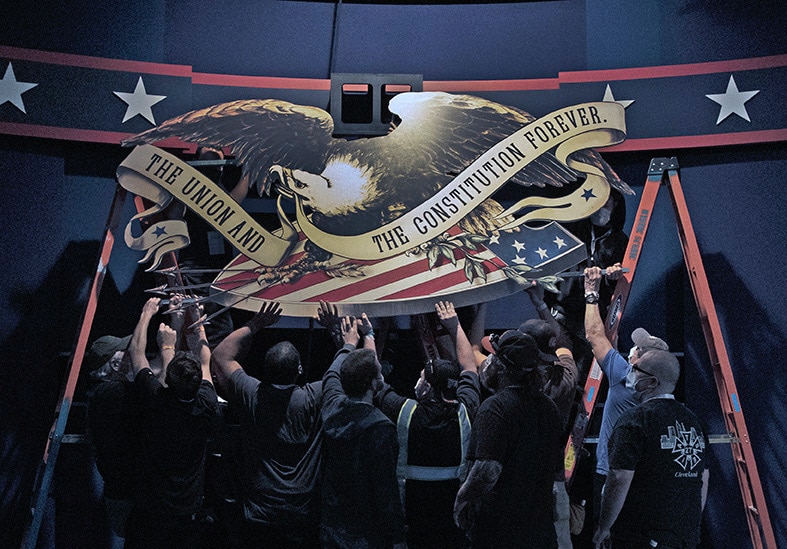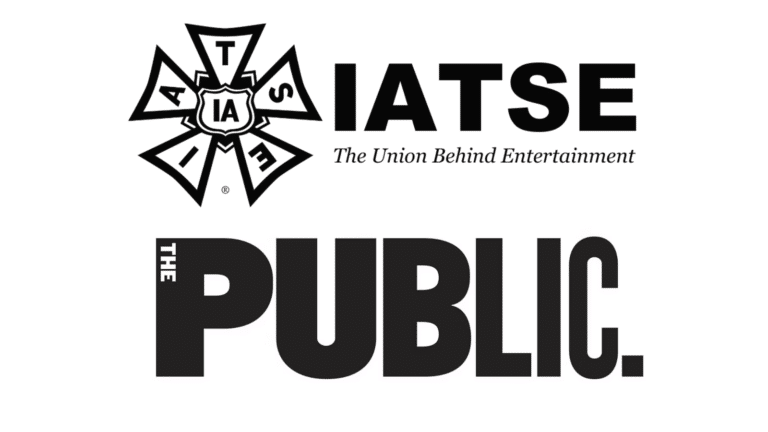With just a handful of weeks until Election Day, implementation of the IATSE 2020 political program is in full swing. One of our primary focuses, over the summer and into the fall, is making sure our U.S. locals have the tools they need to ensure their members are registered to vote and furthermore that they are educated on the various ways to vote safely and engage politically in the midst of the COVID-19 pandemic.
The 2020 U.S. elections feature a tight presidential contest and a narrow Senate majority that will determine whether the next White House can achieve anything. The ability of the next president to carry out his policy agenda will depend on which party controls the House of Representatives and Senate in 2021. Joe Biden has IATSE’s full endorsement for President of the United States. Biden presents a stark and undeniable contrast from the current administration regarding leadership and support for working people. Working people deserve a pro-worker President.
Regardless of who you plan to support on Election Day, our country is grappling for solutions from our elected leaders. We’ve seen over million cases of COVID-19, widespread civil rights protests, an unemployment system pushed to the brink, and an economic crisis that’s full effect has yet to be fully realized. Those we elect this fall will be charged with finding unprecedented solutions for the American people.
Voter Registration
The Political/Legislative Department continues to spend the summer and early-fall on a concerted voter registration program. Remember, who you vote for on your secret ballot is private, but whether you vote is public record. We are utilizing the AFL-CIO Labor Action Network (LAN) to contact unregistered voters within the IATSE U.S membership and assist them with getting registered. We have coordinated that program with District Secretary-Treasurers and Political Coordinators, as well as Locals who have expressed interest, to ensure all our members have their voices heard this November.
In recent weeks, we have been responding to many Local Officer requests to secure a list of their unregistered members. We encourage the officers or Political Coordinator of every Local to contact the Political/Legislative Department (polleg@iatse.net) for such a list and for guidance on setting up a voter registration drive during this health crisis.
A large majority of IATSE members are registered to vote and have been for many elections. However, it never hurts to check your registration status because each day seems to bring a new sinister effort to make the act of voting harder.
While it’s true that states are federally mandated to clean their voter rolls, some are using this legal obligation as a tool of partisan voter suppression. Individuals who have moved since the last election, have not voted consistently in recent elections, or perhaps in some cases signed their name differently than how it appears on other government documents could be included in these purges. These tactics tend to affect low income, minority, and younger voters who tend to move around a lot or vote with less regularity.
You can check your own voter registration status by visiting https://www.nass.org/can-I-vote.
Vote by Mail
Voter suppression efforts can also take the form of sowing doubt in the validity and accuracy of the American electoral process. We have seen that playing out in real time with the President’s efforts to call into question our nation’s vote by mail system. Vote by mail, also commonly referred to as absentee voting, was first employed during the Civil War when soldiers on the battlefield were unable to vote in person. It has been used successfully in every election since with reliable and accurate results. Some 26% of 2018 ballots were cast by mail, and five states—Colorado, Hawaii, Oregon, Utah and Washington—will conduct all-mail ballot elections this year.
The President’s claims that mail-in ballots increase the chances of voter fraud is undeniably and categorically false. In fact, studies show that when examining the 2016 and 2018 elections, officials identified just 372 possible cases of double voting or voting on behalf of deceased people out of about 14.6 million votes cast by mail, or 0.0025 percent. Inaccurate claims of rampant voter fraud have been used for years to justify restrictive measures that make it harder for working people and people of color to vote. Voter fraud, while still strikingly low across the board, occurs more frequently at physical voting booths than through the mail.
We encourage all IATSE members to seek out ways to vote by mail, not only to ensure your safety, but to make voting easier in 2020. You can find out how to request an absentee ballot by visiting https://www.nass.org/can-I-vote.
The challenge this year is to make sure all voters can vote at home if they choose to, and that our election systems are prepared for the changes. We must acknowledge some of the failures witnessed this spring in primary elections, as several states struggled with the rapid implementation electoral changes due to the pandemic. State boards of elections had widely varying experiences, with some lacking capabilities to adequately handle the influx of mail in ballot requests on short notice. In extreme cases, precipitous drops in the number of volunteer poll workers meant fewer polling places and resulted in hours long lines to vote. These challenges have been clearly identified since the spring and states are working diligently to implement solutions for the fall.
For those concerned about such challenges manifesting again this fall, there are existing options in many states to avoid them altogether.
You can vote early in person without waiting in crowded or long lines. Forty-one states have some form of early voting in place and may start as early as 45 days before Election Day. Many states also have weekend early voting options.
You can use a ballot drop box. Many states provide ballot drop boxes for voters to return their sealed and signed mail ballot. Drop boxes skip the mail process entirely and ballots are taken directly to county election offices.
You can drop off your ballot at an election office or polling location. Almost all states permit voters to return a delivered ballot in person at their local election office.
You can organize community ballot collection. Many states allow designated organizations, election officials or family members to collect a voter’s signed and sealed ballot and submit the ballot on behalf of the voter.
To ensure our voices are heard this November, we must prepare for all eventualities. Check with your local election office to see what methods of voting are available and make a plan to vote.
It cannot be forgotten that a pillar of the civil rights movement in the 1950s and 1960s was access to voting and equal participation in our democracy. To quote the late civil rights icon and Congressman John Lewis: “The vote is precious. It’s almost sacred. It is the most powerful, non-violent tool we have [to make change] in a democratic society.”
2020 Political Advocacy Resources
As reported in the First Quarter 2020 IATSE Bulletin, the Political/Legislative Department began the year by rolling out political advocacy resources that detail the International’s federal policy priorities; answer common questions about IATSE PAC; give members a method to request IATSE PAC support for candidates; and provide state-by-state election information.
To halt the spread of COVID-19, many states took action to postpone primary elections. In order to help members navigate election changes, the department has made ongoing updates to the 2020 Election State Planners with revised primary dates, important deadlines, and notable changes to vote by mail rules.
The department has continued the development of political advocacy resources and realized our goal of a robust toolkit for use by all U.S. members in their local political activism this year. Additions to the toolkit include the Election Year Timeline of Political Activism – a guide outlining various tasks and activism activities locals can participate in or plan during this election year; How to Establish a Local Union Voter Registration Program; and Framing the 2020 Elections, a messaging document. A critical element of the IATSE political program is framing the 2020 elections in the context of key issues impacting our union, and effectively communicating those messages to our IATSE kin. This messaging document covers topics such as our endorsement of Joe Biden, the labor record of the Trump Administration, COVID-19 pandemic response & relief, social justice & equality, retirement security, federal arts funding, and tax fairness – and how the federal candidates we elect this fall will impact those issues. The document concludes with key information on voting and an appeal to make our voices heard this November.
All 2020 political advocacy resources are accessible to U.S. members on the www.IATSEPAC.net website.
As President Loeb has said, “we are not spectators to history, we are its makers.” With more on the line than in any previous election in our lifetimes, it’s incumbent on every single one of us to act!
We have a tremendous opportunity this fall to take back our country for working people. But it can’t be done without all of us.











